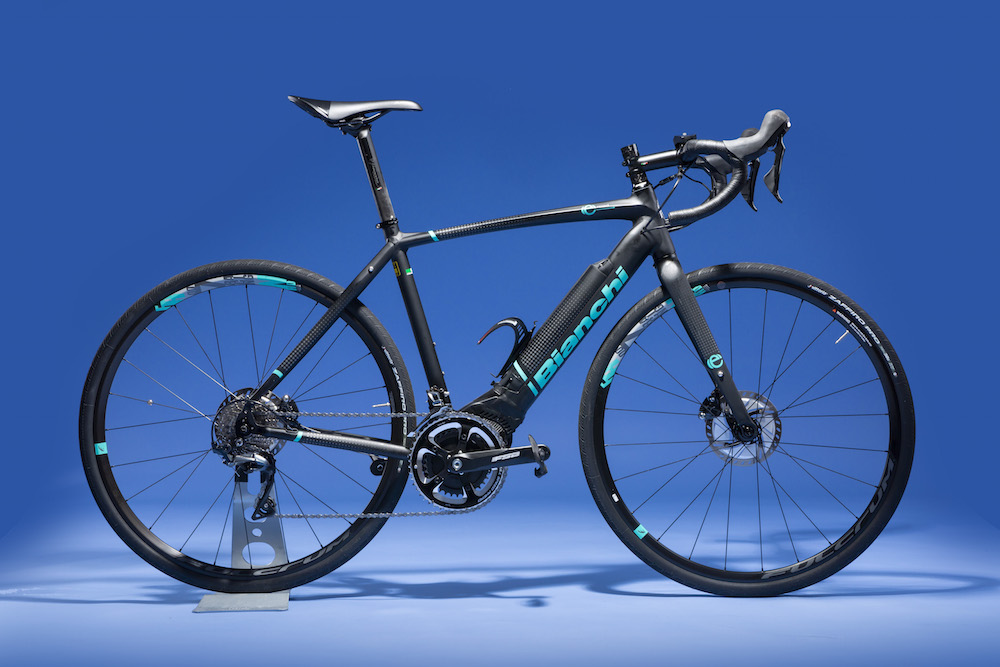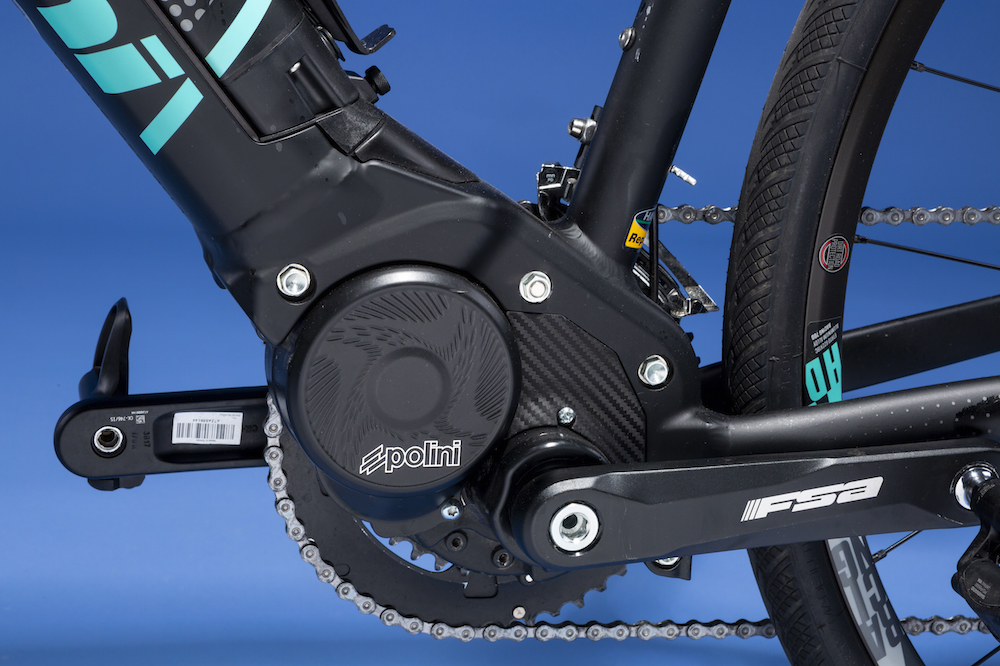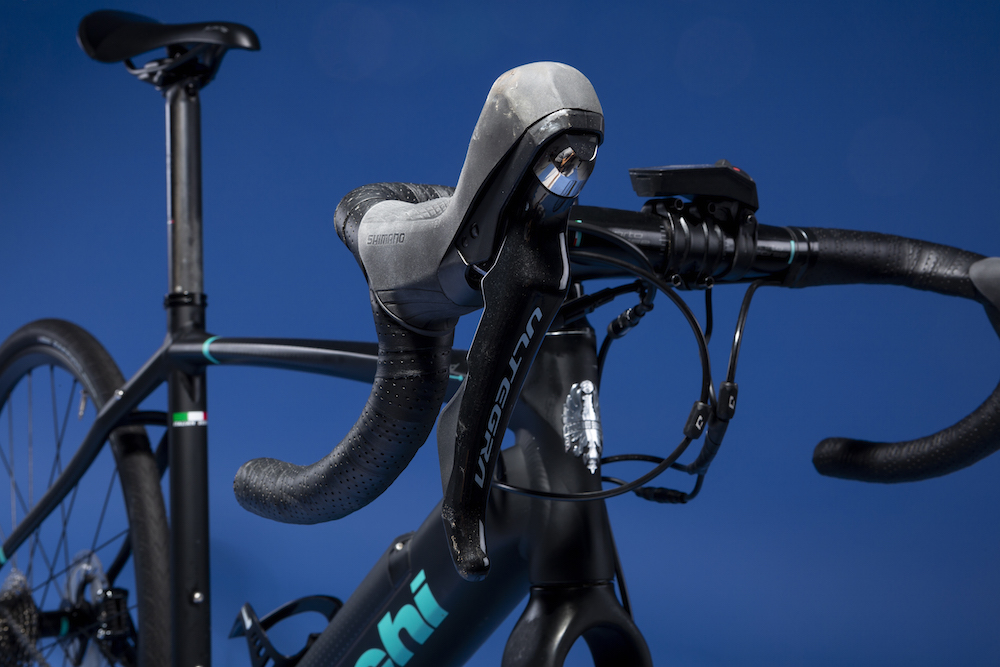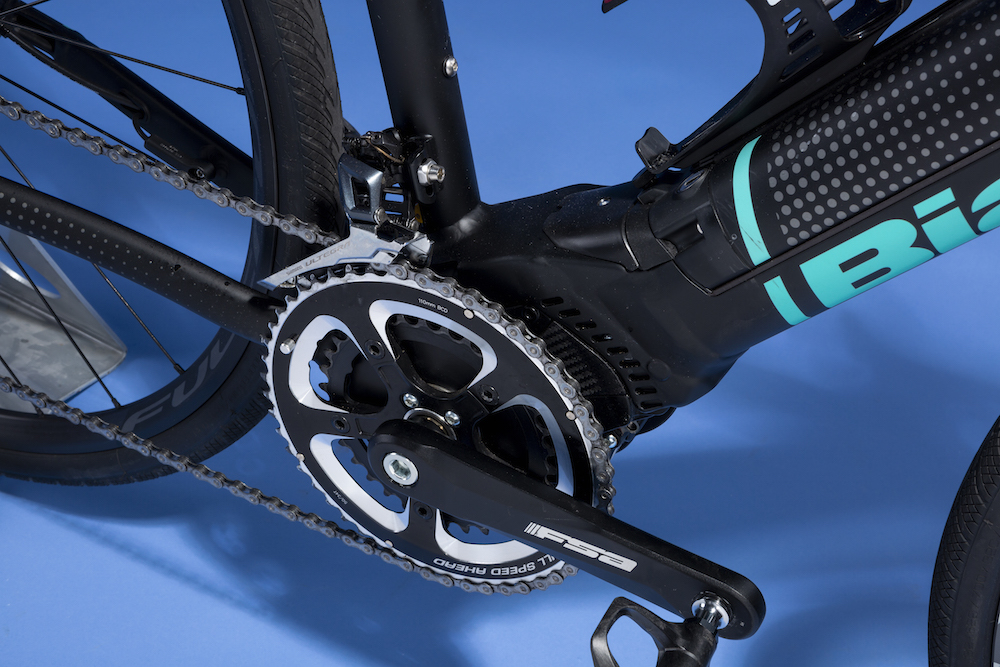Bianchi Impulso E-Road review
The Bianchi Impulso E-Road is the brand's electric road bike, but can its assistance offset its weight?

The Bianchi Impulso has plenty of assistance on tap and good battery life to match it but it's let down by its weight compared to newer models.
-
+
Lots of power on tap
-
+
Weighted nicely and descends very well
-
+
Good battery life
- +
-
-
Heavy compared to new e-bike models
You can trust Cycling Weekly.
First things first, I'm something of an e-bike newbie, but that doesn't mean I'm anti e-bike. In fact I can see their benefits quite clearly; non-sweaty commuting or injury rehabilitation are just two that spring to mind. In fact, to put the Bianchi Impulso E-Road through its paces I took the former to the very max and commuted the 75km from our Farnborough offices to my home in London, backpack, laptop and all.
>>> All you need to know about e-bikes
On this mega commute, I learnt a lot about e-bikes; mostly things I had never considered previously. Like how, if you ride over the 25kph threshold they just become REALLY heavy, or how the acceleration is so powerful you feel like you're sliding off your seat – it was an eye opening experience.
Bianchi Impulso E-Road – the electric and not so electric bits

First things first, it's a big bike, a very big bike and an extremely heavy one too. E-bikes were always considered heavy, and they were given some leeway to get away with it considering all the added gubbins that they housed. That was until the market changed and Cube and Focus started releasing bikes that weigh a comparatively featherweight 12kg, battery included. In comparison, the Bianchi weighs in at 12.89kg without the battery, which at this point is starting to look quite dated.
That motor unit is a Polini E-P3 which sits around the bottom bracket while the battery unit sits in the down tube, and is removable thanks to a key. The unit is activated by a power button on the top of the battery which when pressed illuminates a triangle of lines that indicates battery level.
The battery itself takes around four hours to charge when plugged into the mains and lasts an impressively long time. For context, I rode my 75km ride at four out five assistance level and only lost a nugget of battery life. At level four and five, the motor is giving out 250 per cent and 350 per cent assistance respectively. Up front, there's a dash that shows your battery life, trip distance or current/average speed.

A mixture of FSA cranks and Shimano's Ultegra drivetrain makes up the mechanical side of the Bianchi Impulso E-Road. The wheels are Fulcrum's 700 disc wheels and they're shod with wide, 32mm Vittoria Zaffiro Pro G+ tyres. Interestingly, I really noticed the squirming in the wider tyres, which I suspect is due to the additional weight of the bike; it's well worth putting a few extra PSI in than you would on your standard ride.
The latest race content, interviews, features, reviews and expert buying guides, direct to your inbox!
Riding the Bianchi Impulso E-Road
In my mind, a 75km commute was the perfect testing ground for an e-bike. It was a ride that certainly made many things clear to me that I perhaps hadn't thought about.
So, for starters, an e-bike's motor unit only gives assistance up to 25kph, which is amazing on steep hills and you'll be snatching KoMs all over the place. However, the issue is after that point, the bike just becomes quite heavy. I found that it rocketed up to speed very nicely depending on what level of assistance you set it to, but after that it was almost impossible to push the speed above 27 or 28kph.
After about 15km of the ride I learnt to start riding very differently. Instead of pushing to ride at around 30kph like usual, I instead learnt to feather the gas around 24kph for constant assistance. It made the ride slower, but a lot easier.

The opposite is when things start going downhill, at which point the additional weight of the bike really worked to its advantage. It's also at this point that you begin to realise the importance of where the motor sits. On the Bianchi Impulso E-Road, the Polini unit sits under the bottom bracket and it weights the bike very nicely for descending. It picks up momentum really quickly and feels really stable at speed, balancing on the additional weight around the bottom bracket that makes for really fun descents.
Rolling into London, as the traffic started to build, the benefits of motorised acceleration became immediately clear. Moving through traffic, a quick pedal had me darting around and between cars and moving through gaps I previously would never have been able to make. Push the assistance levels up and the Impulso had me darting off the line faster than the rest of the traffic. If I was commuting in London, I'd really consider getting a hybrid e-bike for just this reason.
Ultimately, the Bianchi Impulso E-Road has great battery life and impressive assistance levels but due to its weight compared to the rest of the market it feels quite dated.